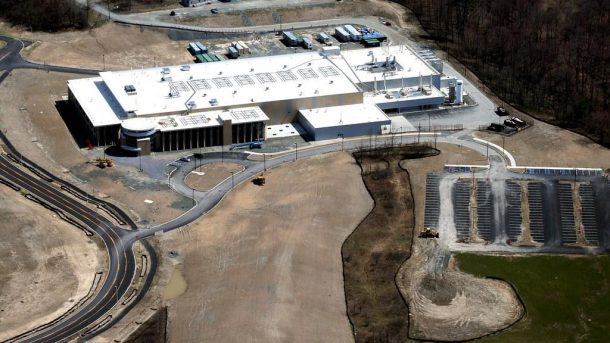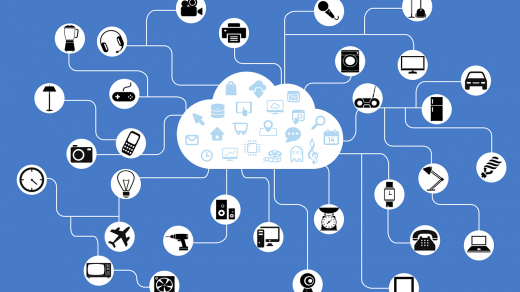Menu
When it comes to your company’s products, it’s important to track them from the moment they leave your warehouse until they reach their final customer. If you have multiple warehouses and suppliers, keeping track of every product can get cumbersome. That’s why location tracking is such an important aspect of ensuring your supply chain is as efficient as possible. In this article we will explore what location tracking is and how it can help with your supply chain management strategy. We will also outline the best practices for implementing location tracking in your business and strategies for using the data that you collect.
What is Location Tracking?
Location tracking is a solution used to document the movement of goods during the supply chain. It is essential to maintain traceability throughout the supply chain to assess the quality of goods and maintain acquisition compliance. An important use of traceability is to comply with regulations like the Food Security Act of 2009 (FSA) in the United States. This regulation requires that the products that reach the consumer are traceable all the way back to the source.
Why is Location Tracking Important for Supply Chain Management?
Location tracking provides real-time visibility into your product’s journey along the supply chain. You can use this data to improve your operations and gain a better understanding of your customers’ needs. With this visibility, you can optimize operations and reduce costs. You also have the opportunity to gain insights into your customers’ needs, which can help you develop new products and improve your service. Location tracking allows you to identify potential issues in your supply chain. For example, if one of your suppliers isn’t shipping the products that you ordered, you can take steps to mitigate the damage. However, if the products aren’t even making it to the dock, you have a much bigger problem.
Best Practices for Implementing Supply Chain Management with Location Tracking
Every company is different, but these guidelines should help you get started.
– Implement a data visualization platform – The more closely you tie your data visualization platform to your ERP, the better. This will help you manage your data and improve your analytics.
– Use data visualization to educate your staff – Your employees are key to success in any business. By educating them on the benefits of location tracking, you can create a culture of continuous improvement.
– Implement traceability between all the various systems that you use to manage your business – Having traceability across all of your systems will help you monitor your data and identify potential issues.
– Use location tracking across all stages of the supply chain – If you only implement location tracking at your source, you won’t have any data.
– Integrate location tracking with your omnichannel strategy – By using location tracking across all of your channels, you can create a single view of the customer.
– Plan for the growth of your business – When you only have the data from one location, you won’t have any context for where the products are.
Strategies for Using Data from Location Tracking
In order to fully leverage your location data, you will want to implement a hybrid solution.
– Map your ERP data to your point-of-sale data – Point-of-sale data is useful for mapping your products to the actual physical items.
– Map your transportation data to your inventory data – You will want to map the data from your transportation system to the data from your inventory system.
– Map your delivery data to your customer data – You will want to map the data from your delivery system to the data from your customer system.
– Map your data to your data – By mapping your data to your data, you will be able to validate the data that you are receiving.
– Map your data to your data – This is a more advanced version of mapping your data to your data.
– Create a data lake with other related companies – If you have the data from another company, you can create a data lake with that data.
– Partner with third-party vendors – This is an inexpensive solution that provides a lot of value.
– Partner with an analytics firm – An analytics firm can help you navigate the complicated world of product data.
– Partner with a data science institute – If you want to go all in with location tracking, partner with a data science institute.
– Connect your data to the public transportation API – Many public transportation APIs offer real-time data that you can connect to your data visualization platform.
– Integrate your data with your logistics system – One advantage of using a cloud-based solution is that you can integrate your solution with your logistics system.
– Integrate with your automation system – Cloud-based solutions also allow you to integrate with your automation system.
– Integrate with your data science tool – One of the most important aspects of using a location tracking solution is to integrate it with your data science tool.
– Integrate with your data visualization platform – By integrating your data visualization platform with your location tracking solution, you can create an awesome user experience for your customers.
– Integrate your location tracking solution with your data security solution – As with all cloud-based solutions, you should also integrate your data security solution with your location tracking solution.
– Choose a location tracking solution – Choose a solution that is on par with your budget and implementation timeline.
– Choose a solution that has a recognized brand – Select a solution that has a known brand.
– Choose a solution that works with your system type – Make sure that the solution you select works with your system type.
– Choose a solution with the right level of sophistication – Your location tracking solution should be at the right level of sophistication.
– Choose a solution with the right level of data – Your location tracking solution should have the right level of data.
– Choose a solution with the right level of scalability – Your location tracking solution should have the right level of scalability.
– Choose a solution with the right level of operational maturity – Your solution should be at the right level of operational maturity.
– Choose a solution with the right level of availability – Your solution should have the right level of availability.
– Choose a solution with the right level of cost – Your solution should have the right level of cost.
– Choose a solution with the right level of service – Your solution should have the right level of service.
Conclusion
In this post, we discussed what location tracking is and how it can help with your supply chain management strategy. We also outlined the best practices for implementing supply chain management with location tracking, strategies for using data from location tracking, and the steps that you need to take to start tracking your products. At the end of the day, the best thing to do is to take the time to learn more about location tracking. It’s a fascinating subject that will help you improve your operations and gain a better understanding of your customers’ needs.



